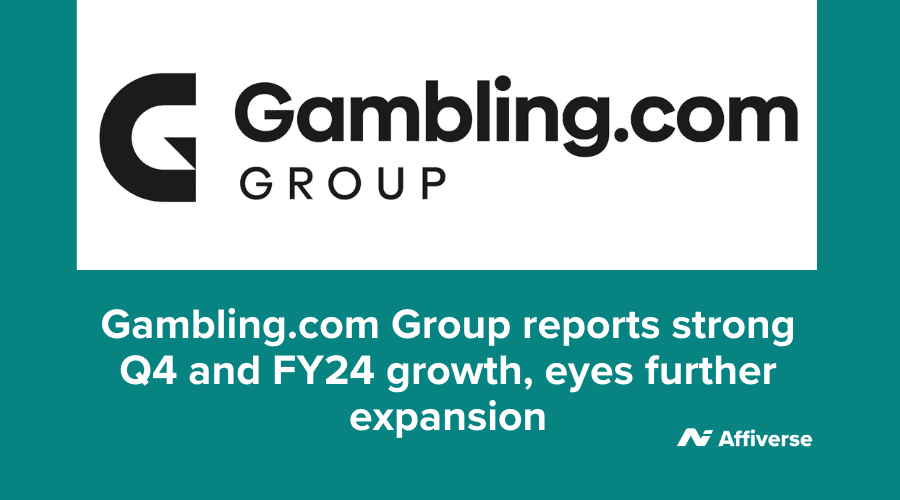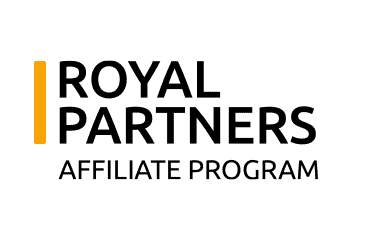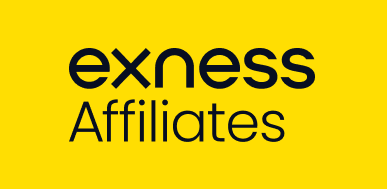Stockholm-listed operator LeoVegas reported a hit on its earnings in 2019, due to restructuring costs. This was despite a year-on-year revenue increase of 9%.
In the 12-month period ending 31st December 2019, the company reported revenue of €356.0 million (£296.4 million). This was up from its 2018 total, which was €327.8 million (£272.1 million).
Insights into spending
While LeoVegas hasn’t released further full-year revenue details, it provided information on how money was spent. Marketing was the highest cost, at €118.5m. However, this was actually down from the previous year’s figure of €120.8m.
Depreciation and amortisation spending went up by over 108%, to €10.2m. Meanwhile, Personnel costs rose by 20.5% to €49.4m. Other operating expenditures dropped from €41.2m to €34.5m.
Because of the above, profit dropped from €19.2m to €12.7m over the course of the year. Pre-tax profit went down by 76.9%, reaching €10.3m.
Net profit after tax – of which LeoVegas paid €730,000 – also decreased significantly. Compared to €43.2m in 2018, last year’s figure was a meagre €9.5m.
A challenging year
Gustaf Hagman, Chief Executive & President of LeoVegas, commented after these revenue figures were released.
He acknowledged the challenges faced by the company last year, with his words being as follows.
“During 2019 we worked hard to reduce complexity in the group, be more efficient and adapt to the changes taking place in the gaming industry.
“In parallel with this we have enhanced the attraction of our product through new functionality and greater personalisation. We have launched new brands, focused more on Casino, and expanded to new markets.
“Towards the end of the year we intensified the integration of our previous acquisitions, which is expected to contribute to cost savings and increased economies of scale.”
Some positive signs in the final quarter
LeoVegas has also released its figures for the final three months of 2019. Depositing customers went up by 7% year-on-year during this period, while returning depositors grew by 14%. Meanwhile, revenue reached €87.1m – a 3% year-on-year rise.
45% of the company’s gross gaming revenue in Q4 came from the Nordic region, with 42% brought in from the rest of Europe. The remaining parts of the world accounted for the remaining 13%.
However, despite the above and cited growth in Sweden, net gaming revenue was down by 1% year-on-year. In the rest of Europe this figure was 6%, with the company referring to Royal Panda‘s UK shutdown as playing a part.
Hagman spoke about how the company fared in Q4, along with plans for the future.
“A couple of weeks ago we communicated a number of strategic decisions coupled mainly to the UK and our ambitions to create a less complex and more scalable organisation.
“These initiatives gave rise to one-off restructuring costs that affected fourth quarter earnings by a total of €6.1m and are expected to lead to annual cost savings of approximately €3.7m. The savings consist mainly of platform and product costs, a more efficient organisation and more optimised premises.
“As previously communicated, we are addressing the challenges in the UK by migrating all of our brands in this market to our proprietary technical platform. In parallel with this, we are refining our brand portfolio and closing Royal Panda in the UK.”



















